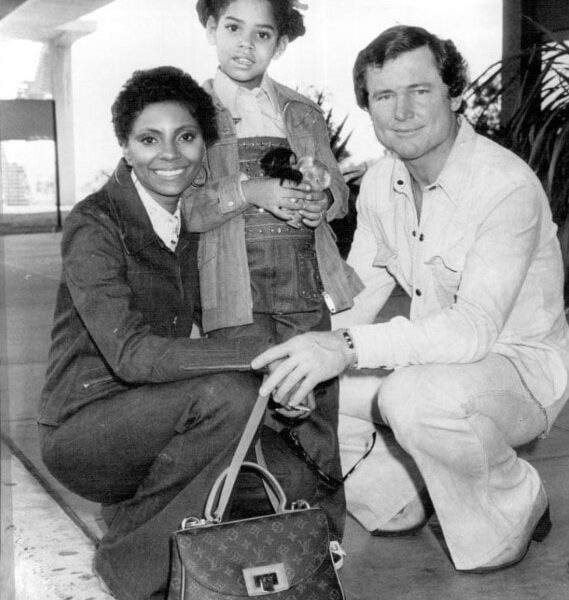Ali MacGraw is likely to come to mind when you think of iconic 1970s actresses. Macgraw is best known for her roles in movies such as “Goodbye, Columbus” and “Love Story,” but she is also a model and animal rights activist.
MacGraw is an Animals Asia ambassador and has worked with People for the Ethical Treatment of Animals. Elizabeth Alice MacGraw was born in Pound Ridge, New York.
Throughout her career, MacGraw received two Golden Globe nominations and was nominated for an Academy Award for Best Actress. In addition, her hands and feet were memorialized in front of Grauman’s Chinese Theatre in Hollywood, California.
She was named the world’s top female box-office star in 1972. This stunning actress also had a burgeoning modeling career and worked as a photographic assistant for six years.
MacGraw had a difficult upbringing and later struggled with alcohol and other substance addiction.
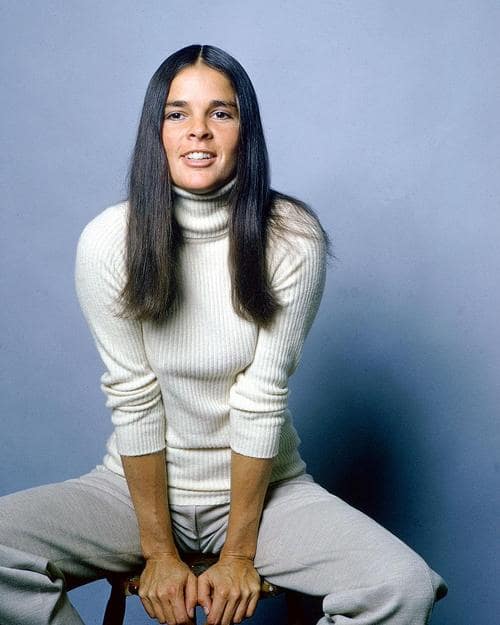
She has been sober for years thanks to a lot of hard work, rehabilitation programs, and the support of her loved ones, and she is an inspiration to many souls who are still struggling today. MacGraw speaks openly about her addiction and works to dispel harmful stigmas surrounding mental health.
Many of us are inspired by celebrities. MacGraw, 83, is the epitome of timeless beauty, and her life was anything but ordinary. Here’s a look into the former actress’s life, from working as an editor at a high-end magazine to three divorces.
She now spends her days living what appears to be a beautiful life filled with newfound peace. Continue reading to learn more about MacGraw’s life and some of her most recent photos.
Ali MacGraw was born on April 1, 1939 – April Fool’s Day – and is now 83. Her parents were artists, and she was on her way to an art career at Wellesley College, according to her biography. A Jewish mother raised MacGraw. Her mother had concealed her Jewish ancestry from MacGraw’s father, who was suspected of anti-Semitic.
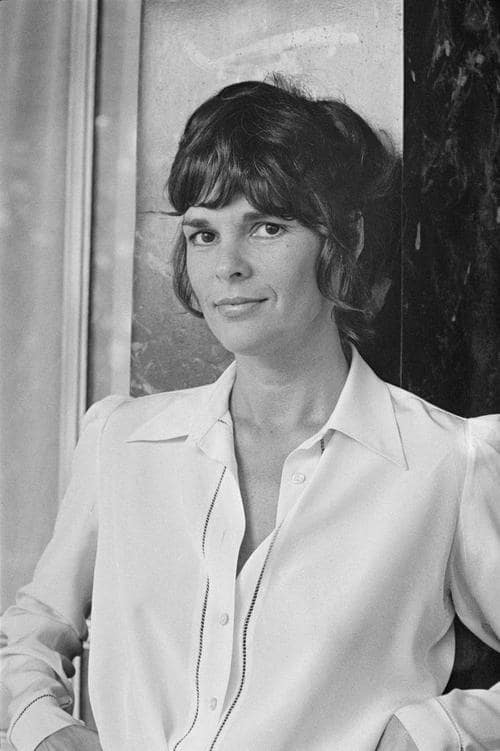
Richard MacGraw grew up in an orphanage and ran away when he was 16. He studied art in Munich, Germany, before emigrating to the United States. MacGraw claims he never recovered from his parents abandoning him as a child.
In a 2010 interview with Vanity Fair, MacGraw recalled her childhood and described it as “horrible.” MacGraw, her brother, and her parents shared a doorless house on a Pound Ridge wilderness preserve with an elderly couple who shared the kitchen and bathroom.
Her mother, Frances, supported them with commercial-art assignments, which made her father, whom her mother described as “the real artist,” feel emasculated because he never sold any of his paintings.
“On good days, he was fantastic, but on bad days, he was horrifying,” MacGraw said of her father. MacGraw would consciously try to be the family’s mediator and peacemaker, putting “all (her) energy into trying to correct the chaos in their life.”
After graduation, she landed the coveted position of assistant editor at Harper’s Bazaar, where she earned $54 per week and went on to work as a photographer’s assistant. During her time as a photographer’s assistant, she was approached by someone at her workplace who thought she was far too beautiful to be hidden behind the lens.
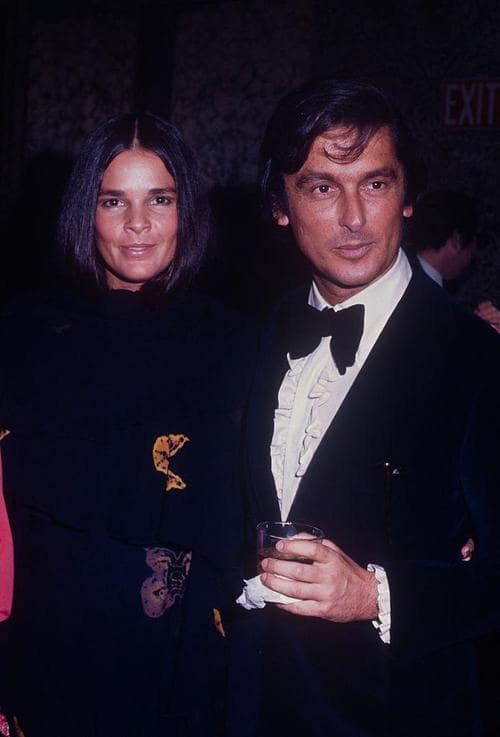
Despite her humble beginnings, MacGraw worked hard and established herself in the fashion and film industries. MacGraw began fronting magazines and TV commercials worldwide, with one of her most well-known roles being the beach girl in the Polaroid Swinger camera ads in the 1960s.
Another well-known commercial from the time was for International Paper. It showed the actress swimming in the ocean in a confit bikini to demonstrate the product’s durability.
Not long after, MacGraw made her film debut, starring in “Goodbye, Columbus” in 1969. Her performance in the film earned her a Golden Globe nomination for Most Promising Newcomer.
She went on to star in many other classic films, including “Love Story,” “The Getaway,” in which she co-starred with Steve McQueen, and the 1974 production of “The Great Gatsby.”
According to the Sydney Morning Herald, MacGraw struggled with confidence as an actress and was frequently nervous on set.
“I was terrified every second of my film career,” she told the interviewer. MacGraw’s nerves did not get the best of her, based on the praise she received for her films.
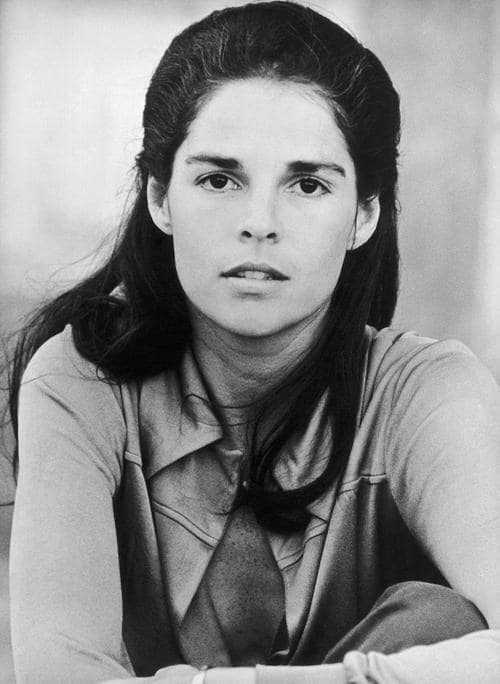
Most of MacGraw’s anxiety stemmed from her lack of acting experience outside commercials in her early career. “There was no time for acting classes. “I admire trained actors, but I also believe that you have to live your life, so you have something to draw on,” MacGraw said in the same interview.
MacGraw’s first marriage was to Harvard-educated banker Robin Hoen. After MacGraw graduated from Wellesley College, the couple dated for five years before marrying in 1961. Unfortunately, they divorced less than a year and a half later.
MacGraw, on the other hand, did not give up his search for love. MacGraw remarried film producer Robert Evans, best known for his work on “Rosemary’s Baby” and “The Godfather,” in 1969. Josh Evans, the couple’s son, was born. Josh is also an actor, director, producer, and screenwriter in the entertainment industry.
After MacGraw’s public affair with McQueen while filming “The Getaway,” the couple divorced in 1972. McQueen and MacGraw married in 1973 and had a turbulent marriage. They eventually divorced in 1978. MacGraw did not receive “a dime’s worth of settlement” from the divorce, according to Vanity Fair.
“This was a man who could walk into any room and (any) man, woman, or child would go, ‘Whoa, what’s that?’” MacGraw said of McQueen. And I was no different. He was extremely attractive most of the time, but there was danger, a bad boy there.”
Her autobiography “Moving Pictures” went into greater detail about MacGraw’s personal life, including her turbulent relationship with McQueen. According to People, it was a time-consuming project that took the actress nearly two years to complete. “I’ve worked harder on this than anything else,” MacGraw admitted. “A lot of what I’ve done has been perceived as easy. I want this to be true.”

“I wish we’d both lived to be old and sober. There were wonderful and terrible days. “In no way am I a victim,” MacGraw explained. “There were many times that were simply wonderful, and many times that were simply dreadful.”
One of the most difficult aspects of their relationship was McQueen’s expectations for his wife, which did not include a successful film career. “I couldn’t even go to art class because Steve expected his ‘old lady’ to be there every night with dinner on the table,” MacGraw admitted in 1991 to People.
MacGraw eventually accepts responsibility for her break from acting, but claims McQueen’s wish was for her not to work while they were married. “I made decisions. I fell in love too quickly and didn’t do any research. “I was never trained as an actress, and that was my fault,” she admitted.
“I would say that most of us start with a complicated childhood, everybody doing their best and screwing up – I’m a mother, I’m sure I’ve done it,” MacGraw said of her previous relationships to the Sydney Morning Herald. And I believe that one must examine it, walk through the fire, cry the tears, and rage the rage. Those guys were 50 years ago; I can’t have them in my heart now.” MacGraw has truly moved on from the past and is now focused on a brighter future.
In 1986, MacGraw went to the Betty Ford Center for drug rehabilitation, which she described as her salvation. “It was the most terrifying and life-changing experience I’ve ever had,” she said of her stay.
“The single most important thing that happened to me was my newfound certainty that there is a higher power,” MacGraw continued. And I started to feel an underlying peace and sense of order that I had long desired.”
That sense of calm can be seen in MacGraw’s description of her current situation. “I don’t want to sit in rage any longer, pretending that everything is fine because I want people to like me but secretly hating myself.

However, change requires effort and focus. I couldn’t have done it alone. So the years pass. “I am fortunate, blessed, and happy, and I am doing my best,” MacGraw told the Sydney Morning Herald.
She told Vanity Fair that when she turned 70 in 2010, almost every man from her past called her.
According to MacGraw:
“Another thing that is getting older solidifies ex-lover, ex-husband, child, girlfriends, gay friends — that gaggle of human beings is a gift. Time is extremely valuable right now. I have too many unread books, too much unheard music, and too many long-distance phone calls with people I don’t get to see. So I get up early, at 6:30 a.m. In many ways, I am a disciplined person. And, at the risk of sounding Pollyannaish, gratitude is where I begin.”
In a 2017 interview, MacGraw discussed how living “in a small community with many causes that need help” fills her days now that she is no longer acting. She also spends time volunteering for animal welfare organizations.
However, she admitted that she had become overly devoted: “I have to restrain myself from bringing any more strays home.” Since the early 1990s, she has lived in her “little cottage” in Santa Fe, New Mexico.
According to AARP, MacGraw’s current days are filled with peaceful activities that begin before sunrise. She lives with her animals, regularly practices pilates and yoga, and takes a daily walk as “meditation.” She also sets aside “45 minutes of gratitude for everything (she has) been given.”
MacGraw had moved to New Mexico after her home in Malibu, California, burned down in a wildfire in 1993. MacGraw went to stay with some friends outside of Santa Fe after the tragedy and is still completely smitten with the state. “I love going further up in New Mexico where there is no one because the landscape is completely jaw-dropping — the sky, the clean air, endless miles of vista,” she said to the Herald-Tribune.

“One of the lucky things for someone my age is that I’m open and curious,” MacGraw said in the same interview. There isn’t just one thing I enjoy doing and miss when I can’t. But I know I’m not happy unless I do something creative.” This appears to be a hint that the star may be working on some future artistic projects.
MacGraw, who has always been a fashion icon, has adapted her style to her new surroundings. “Pretty much what I’m wearing right now,” she told the Sydney Morning Herald. Jeans or skinny pants, a simple top, a lot of tribal or Mexican or Afghan jewelry, ballet slippers, scarves, and shawls.” This appears to be the ideal outfit for unwinding or working on creative projects.
Despite her advanced age, MacGraw remains active in her community. “I will sign anything and speak about any environmental issue you can think of. I can’t give a lot of money, but I have a voice, and I use it when asked. “We have a fantastically animal-conscious community in Santa Fe, and I’m psycho about animals,” she told the Sydney Morning Herald.
MacGraw has also served as an ambassador for the women’s world fashion line Ibu Movement, according to the Herald Tribune. Animal Protection of New Mexico also honored her with the Humane Education Award for her extensive work as an animal rights advocate. MacGraw may be best known for her acting, but her lifelong dedication to animal welfare deserves equal recognition.

MacGraw is starting to think differently about life as she gets older. “In November, I woke up in the middle of the night thinking, ‘Oh my god, I’m going to be 80. The rest of the journey is shorter than the one ahead of me.’ I’d never felt that way before.” MacGraw is now 83 years old and looks as healthy and radiant as ever.
Thanks to her friend and journalist Gloria Steinem, MacGraw came to terms with her age and began to embrace the subject. “I love Gloria Steinem’s remark – she’s my age, and a friend – when somebody said to her, ‘Wow, Gloria, you look great for 40,” MacGraw said emphatically in an interview with the Sydney Morning Herald. ‘This is what 40 looks like,’ she said. And I thought to myself, ‘This is how 80 looks.’”
What do you think of Ali MacGraw’s story? Did her plight affect you? If it inspired you, please share it with your friends and family!

